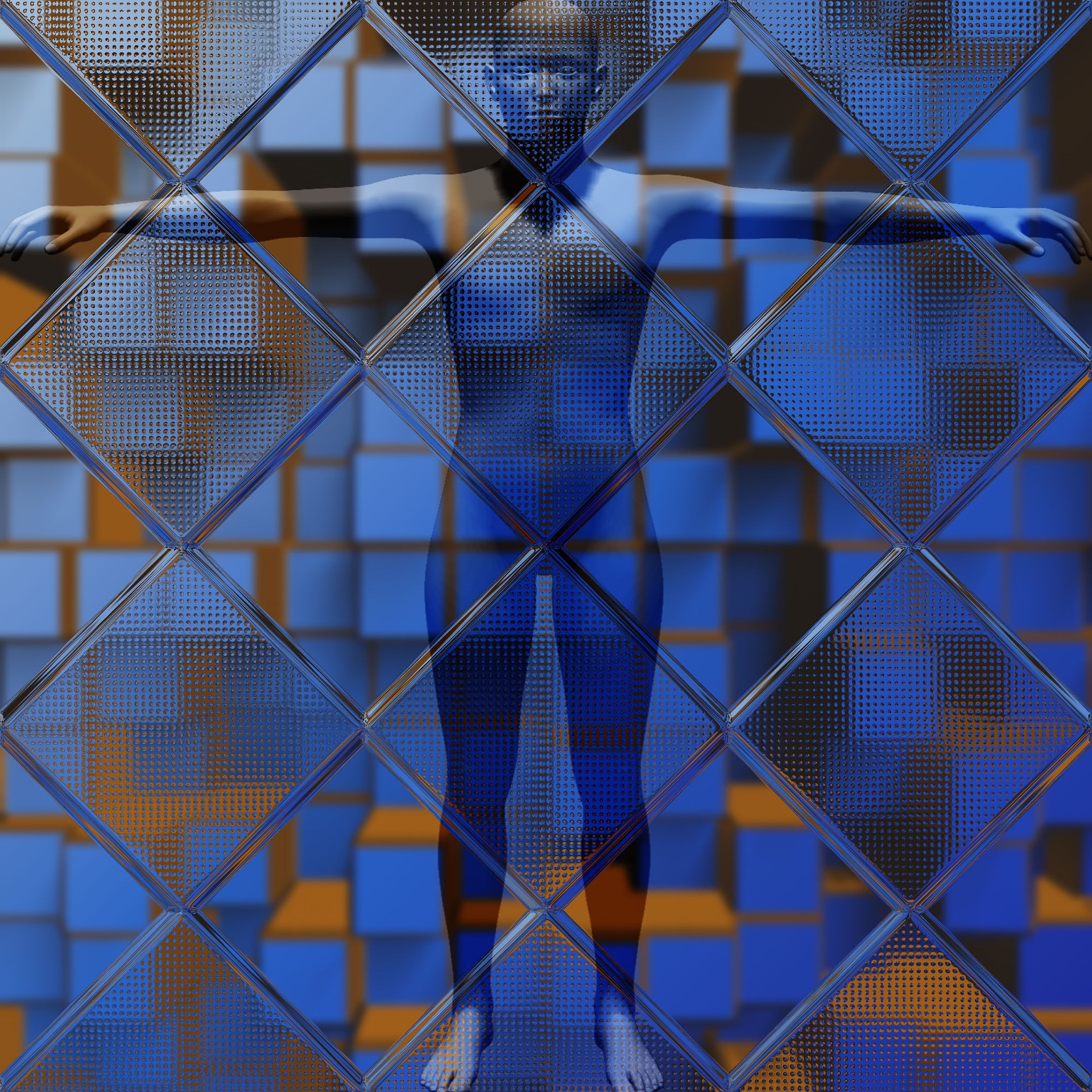September is Pain Awareness Month and, as an organization dedicated to improving the lives of patients suffering from chronic pain and other debilitating conditions, we want to do our part in increasing public awareness of various pain and pain management issues.
WHAT IS CRPS?
You may or may not be familiar with complex regional pain syndrome (CRPS). CRPS is a rare – and often misunderstood – chronic pain condition. Doctors and researchers don’t understand exactly how or why CRPS develops, though it generally occurs after an injury, surgery, stroke or heart attack, and results in pain that is far worse than that of the initial injury. Like most chronic pain conditions, CRPS can improve – and can even go into remission! Of course, early intervention is key to generating the most effective pain management results.
WHAT ARE THE SYMPTOMS OF CRPS?
CRPS most often affects arms, legs, hands and feet, causing burning and throbbing pain in the extremities, sensitivity to touch and temperature, and swelling.
Patients also note changes in the appearance, texture or temperature of skin at the affected area.
Decreased mobility often leads to muscle spasms and weakness, along with joint stiffness and swelling.
If the affected limb becomes cold and pale, or if changes to hair and nail growth begin to occur, CRPS may have reached the late stages, where it is much more difficult to treat.
The symptoms of CRPS are worsened by emotional stress, can spread to other parts of the body, and last anywhere from months to years, with early treatment being the best defense against the condition.
CHRONIC PAIN MANAGEMENT OPTIONS
CRPS can affect anyone – there is no rhyme or reason to who this condition will grab hold of. A recent National Pain Report featured the story of a college athlete who developed CRPS after surgery. Katie experienced her greatest CRPS treatment success with IV ketamine infusions, supplemented with therapy band exercises, yoga, and swimming.
Beside ketamine infusions, which the Mayo Clinic says “may substantially alleviate pain,” other CRPS treatment options include traditional over-the-counter, prescription and opiate-based pain relievers, certain tricyclic antidepressants, anticonvulsants, nerve pain and nerve-block medications, corticosteroids, and even bone-loss medications.
CRPS patients also rely on non-medicinal therapies to treat their chronic pain. Hot/cold therapy, topical analgesics like lidocaine patches or capsaicin, physical therapy, TENS therapy, biofeedback and spinal cord stimulation are a few of the most effective options.
CONTACT VITALITAS
If you or a loved one is suffering from chronic pain – whether from CRPS, Lyme disease, fibromyalgia, or any other chronic pain condition – ketamine infusion therapy could help increase your mobility and get you back to living life. If you’d like to speak with an experienced member of our team, please complete the brief form below and we will get in touch with you shortly to answer any questions, address your concerns, and get you started on the path towards healing and hope.


